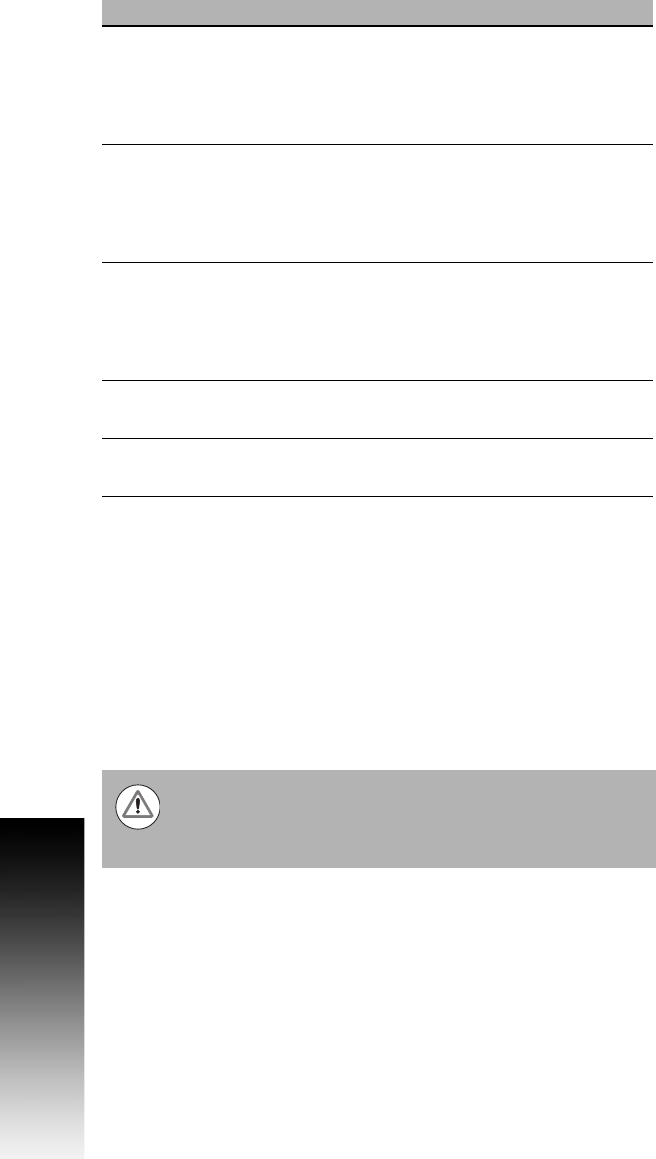Manual
Table Of Contents
- Controls of the 3500i
- Manual Information
- Introduction
- Machining Fundamentals
- Manual Data Input
- Tool Management
- 4.1 Tool Table
- 4.2 Tool Data
- Program Management
- Conversational Editing
- Programming: Canned Cycles, sub-programs
- 7.1 Explaining Basic Cycles
- Round/Chamfer
- Rapid
- Line
- Arc
- Dwell:
- Plane Selection
- Reference Point Return:
- Fixture Offset (Work Coordinate System Select):
- Unit (Inch/MM)
- Dimension (Abs/Inc)
- Absolute Zero Set
- Block Form
- Temporary Path Tolerance
- System Data
- FeedRate
- FeedRate (4th-Axis)
- Spindle RPM
- M - Functions
- Tool Definition and Activation
- Repeat Blocks
- 7.2 Canned Cycles
- 7.3 Probing Cycles
- 7.4 Sub-programs
- 7.1 Explaining Basic Cycles
- Drawing Programs
- Running a Program on the Machine
- CAM: Programming
- 10.1 CAM Programming
- CAM Mode
- Recommended CAM Programming Sequence
- CAM Mode Mouse Operations
- CAM Mode Screen
- Activating CAM Mode
- Creating a New Program
- Tool Path Data Input
- Quick Coordinate Entry
- Job Setup: Basic tab
- Job Setup: Advanced tab
- Comment Tab
- Block Form: Basic tab
- Comment Tab
- Drilling Cycle:
- Drilling dialogue:
- Mill Cycle
- Pocket Cycle
- Pocket Finish Cycles
- Engraving Cycle
- Program Directive
- Modifying Toolbar
- Viewing Tools
- CAM Mode buttons
- CAM Setup
- Geometry
- DXF Import Feature
- Modifying Tools
- Shapes
- Tool Table
- Tool Paths
- CAM Example 1
- CAM Example 2
- 10.1 CAM Programming
- G-Code Edit, Help, & Advanced Features
- 11.1 G-Code Program Editing
- 11.2 G-Code and M-Code Definitions
- 11.3 Edit Help
- 11.4 Advanced Programming
- SPEED
- M - Functions
- Order of Execution
- Programming Non-modal Exact Stop:
- In-Position Mode (Exact Stop Check):
- Contouring Mode (Cutting Mode) :
- Setting Stroke Limit:
- Return from Reference Point:
- Move Reference from Machine Datum:
- Modifiers
- Block Separators
- Tool Offset Modification
- Expressions and Functions
- System Variables
- User Variables
- Variable Programming (Parametric Programming)
- Probe Move (G31)
- Conditional Statements
- Short Form Addressing
- Logical and Comparative Terms
- File Inclusion
- 11.5 Four Axis Programming
- Software Update
- Off-Line Software

234 7 Programming: Canned Cycles, sub-programs
7.3 Probing Cycles
To use the skew compensation Cycle:
Place the probe in the spindle with its tool number active and the
tool type set to "Touch Probe".
Manually jog the probe stylus to the appropriate start position
relative to the part as specified by the S parameter in Table 5-56,
skew compensation above. X or Y should be within 0.1" (2.54 mm)
of the part edge. If H = 1, the Z-axis should be within 0.1" (2.54 mm)
above the part otherwise the Z-axis should be at the side picking
depth. If run from within a program, probe must be pre-positioned.
Skew compensation Qn Sn. If this is run from inside a program, this
line needs to be repeated every time you wish to find a skew angle.
Execute the line in Manual Data Input Mode by touching Start.
Field Code Description
DistInX A The distance from the starting point to
move in the "X" axis to find the top of the
part. The Default is: 1.0" (25.4 mm) toward
the part at the angle specified in the S cycle
parameter. (Optional)
DistInY B The distance from the starting point to
move in the "Y" axis to find the top of the
part. The Default is: 1.0" (25.4 mm) toward
the part at the angle specified in the S cycle
parameter. (Optional)
X I This causes the cycle to make a protected
X move to the coordinate entered relative
to the current active work coordinate
before finding the skew angle.
(Optional)
Y J Same as I only for the Y-axis.
(Optional)
Z K Same as I only for the Z-axis.
(Optional)
When positioning the probe from within the program you
should always use the G146 (Protected Probe Positioning)
cycle (see G146 instructions above in this document) or
use the I, J, or K parameters for the same purpose.










